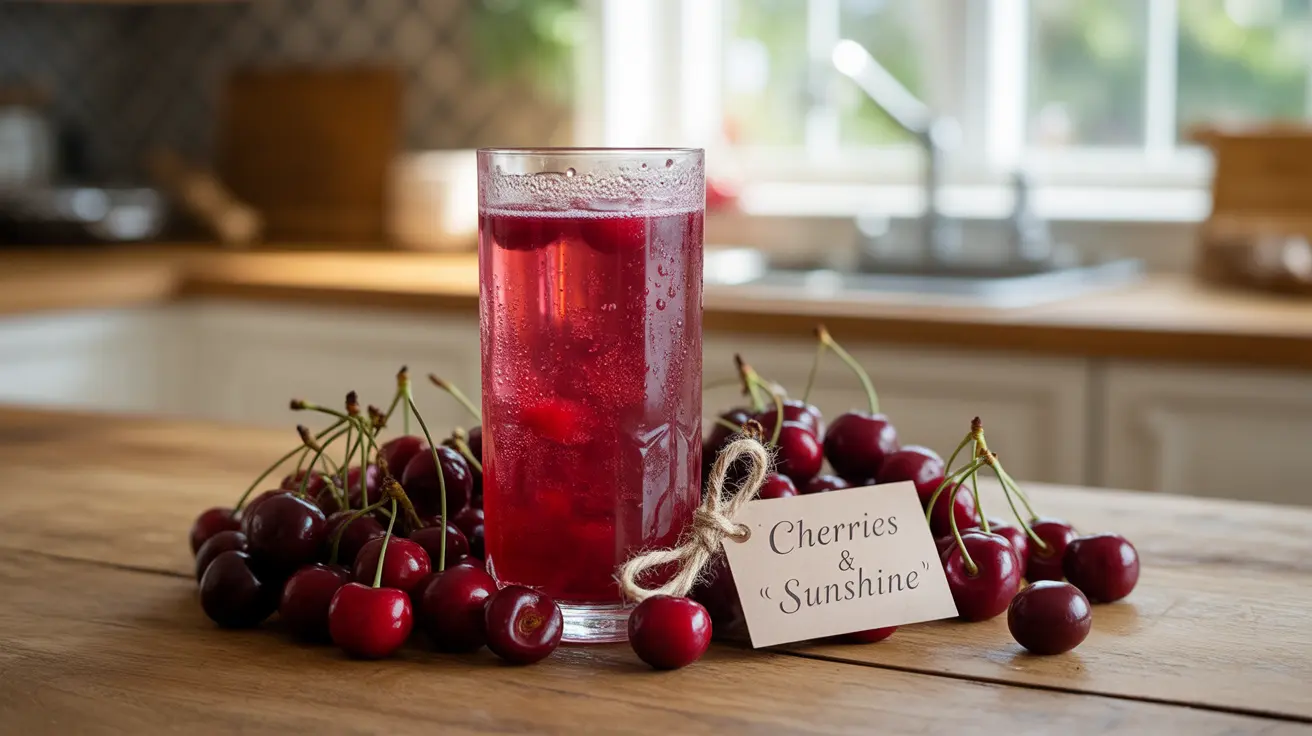Living with arthritis can be challenging, and many people seek natural remedies to help manage their symptoms. Cherry juice, particularly tart cherry juice, has gained attention as a potential natural solution for arthritis pain and inflammation. This comprehensive guide explores how cherry juice might help arthritis sufferers and what scientific evidence supports its use.
Understanding Cherry Juice's Anti-Inflammatory Properties
Cherry juice, especially from tart cherries, contains powerful compounds called anthocyanins and other antioxidants that may help reduce inflammation in the body. These natural compounds work by targeting inflammatory pathways similar to some conventional medications, potentially offering relief for arthritis symptoms.
Scientific Evidence Supporting Cherry Juice for Arthritis
Research has shown promising results regarding cherry juice's effectiveness in managing arthritis symptoms. Multiple studies have demonstrated that regular consumption of tart cherry juice can help reduce inflammation markers in the body and may provide relief from joint pain associated with both osteoarthritis and rheumatoid arthritis.
Key Benefits for Arthritis Patients
Cherry juice offers several potential benefits for people with arthritis:
- Reduction in joint pain and swelling
- Decreased inflammation throughout the body
- Improved sleep quality, which can aid in pain management
- Enhanced recovery after physical activity
- Potential reduction in uric acid levels, beneficial for gout
Recommended Dosage and Consumption Guidelines
When using cherry juice for arthritis management, proper dosing is crucial for optimal results. Most studies suggest consuming 8-12 ounces of tart cherry juice daily, split into two servings. It's important to choose 100% pure cherry juice without added sugars or artificial ingredients.
Safety Considerations and Potential Side Effects
While cherry juice is generally safe for most people, there are some important considerations:
- High sugar content may affect blood sugar levels
- Possible interactions with certain medications
- Potential digestive issues in sensitive individuals
- Caloric content should be factored into daily dietary intake
Comparing Cherry Juice with Traditional Treatments
While cherry juice shouldn't replace prescribed medications without medical consultation, it may serve as a complementary approach to traditional arthritis treatments. Some people find that combining cherry juice with conventional treatments provides enhanced relief from their arthritis symptoms.
Frequently Asked Questions
- What are the benefits of drinking cherry juice for arthritis pain and inflammation?
Cherry juice contains natural anti-inflammatory compounds that may help reduce arthritis pain and inflammation. Its antioxidants, particularly anthocyanins, can help decrease inflammation markers in the body and potentially provide relief from joint pain.
- How much tart cherry juice should I consume daily to help with arthritis symptoms?
The recommended dosage is typically 8-12 ounces of tart cherry juice per day, divided into two servings. It's best to start with a smaller amount and gradually increase to assess tolerance.
- Can tart cherry juice improve joint mobility and stiffness in osteoarthritis?
Research suggests that regular consumption of tart cherry juice may help improve joint mobility and reduce stiffness in people with osteoarthritis, particularly when combined with regular exercise and proper nutrition.
- Are there any risks or side effects of drinking cherry juice if I have arthritis?
While generally safe, cherry juice can have side effects including increased blood sugar levels due to natural sugars, potential digestive issues, and possible interactions with certain medications. Consult your healthcare provider before adding it to your treatment regimen.
- How does cherry juice compare to traditional anti-inflammatory medications for arthritis relief?
While cherry juice may provide natural anti-inflammatory benefits, it typically works more gradually than traditional medications and may be less potent. It's best used as a complementary approach alongside conventional treatments rather than a replacement.




